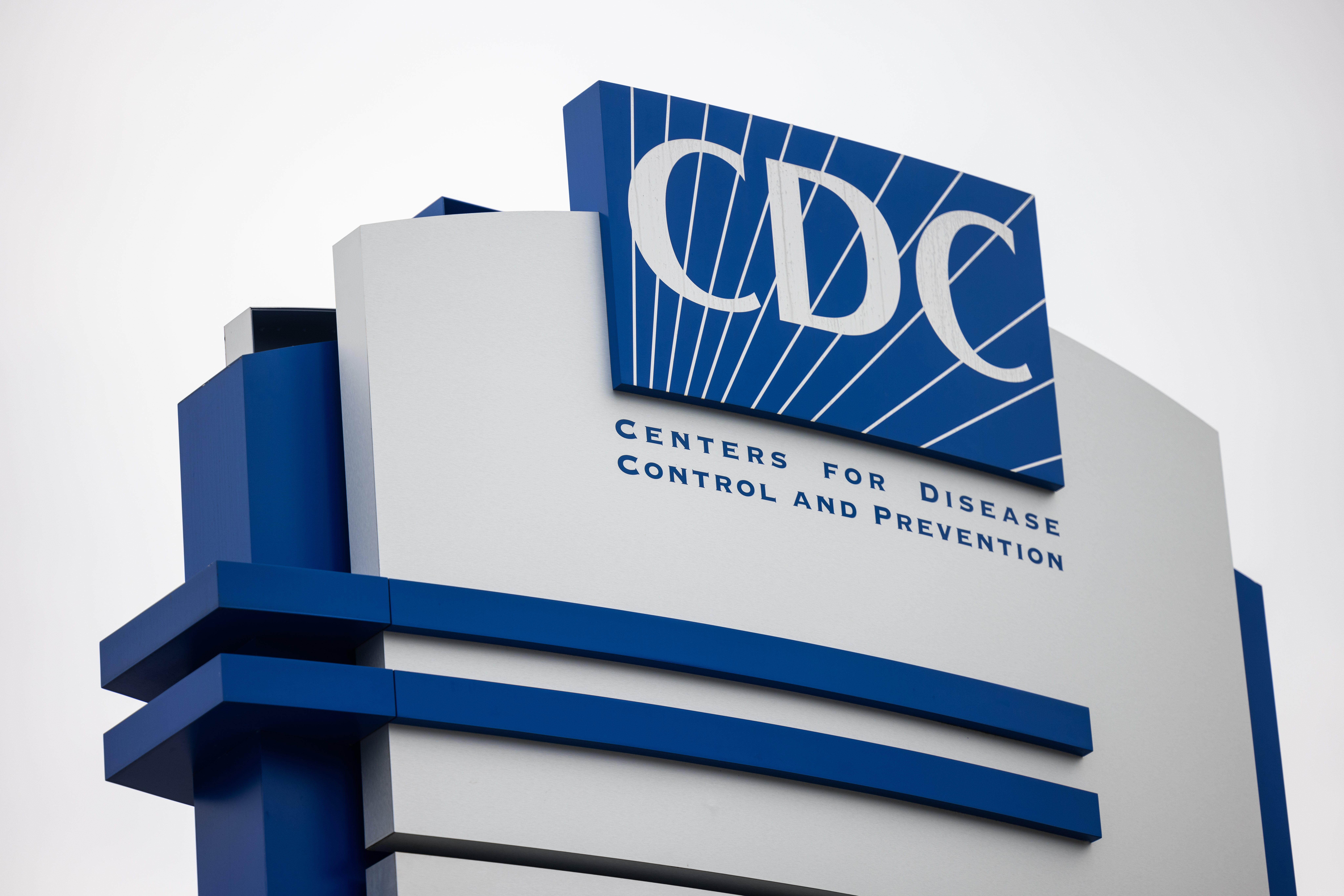Her name was Mari Tisera. Her short life is now captured in family photos and videos of her dancing and happy.
The student at George Mason University in Northern Virginia was a daddy’s girl who was treated like a princess by her parents and three older brothers.
“She did whatever she want with me,” her father, Gus Tisera, said with a smile in a recent interview with NBC Washington.
It never crossed his mind that his daughter would die at 20 after melanoma spread to her brain, neck and spine. Her grieving parents now warn other families to be aware of melanoma, as doctors see a disturbing trend among teens and young adults.
‘Sort of small, like a strawberry’
It all started with a tiny birthmark on Tisera’s toe. When she was a freshman in college, the birthmark changed.
Get Tri-state area news delivered to your inbox. Sign up for NBC New York's News Headlines newsletter.
“It started growing, sort of small, like a strawberry,” her father recalled.
Health
A biopsy later confirmed the birthmark was melanoma. The cancer was deep, and her toe needed to be amputated.
The family thought the worst was over, but it wasn’t. As Tisera tried to continue with life as a college student, her cancer spread. Doctors tried to surgically remove what they could, but it was too late.
Tisera died in June 2023 surrounded by family and friends.
‘It was a total shock’
Her parents, who live in Front Royal, Virginia, said they still consider what they could have done differently.
“I’m thinking about what we did wrong but I – you cannot believe how organized we were. We have calendars with all her appointments. We never missed any appointment,” her mother, Viviana Tisera, said as she fought tears.
One appointment the family never thought to make early on was to a dermatologist for a skin check.
“It was a total shock,” Mari Tisera’s father said about the moment they learned she had melanoma.
They had no family history of skin cancer, and her parents had believed melanoma primarily affected older adults, people with lighter skin and sun worshippers, which their daughter was not.
Doctors seeing melanoma among young people
Melanoma is the second most common type of cancer diagnosed in 15- to 19-year-olds and the most common form of cancer affecting young adults age 25 to 29, according to the Skin Cancer Foundation.
While sun exposure is the main risk factor, people who have certain types of birthmarks also can be at risk.
Look out for large birthmarks in particular, said Dr. Geoffrey Gibney, an oncologist at Medstar Georgetown University Hospital. Melanoma can develop within birthmarks or moles, and even in parts of the body not exposed to the sun.
Potential red flags for skin cancer include:
- a new mole
- a mole that has grown
- a mole that has changed in size or color
- a mole that has started itching or bleeding
One in five adults will develop skin cancer in their lifetime.
“A mole that’s changing really does warrant more urgent evaluation,” Gibney said.
The earlier you get something checked out, the better.
“When we do see an abnormal skin lesion, seeing a dermatologist is key, and you should not delay it,” he said. “We want to catch skin cancers earlier in the development, not later, when there’s a higher risk for the patient.”
Tisera’s parents said they hope sharing their late daughter’s story will help others. Time with her is what they wish they could have back.
“Coming in the door every weekend and saying, ‘I’m here! The princess is here!’” her mother said. “That is what I miss the most.”



